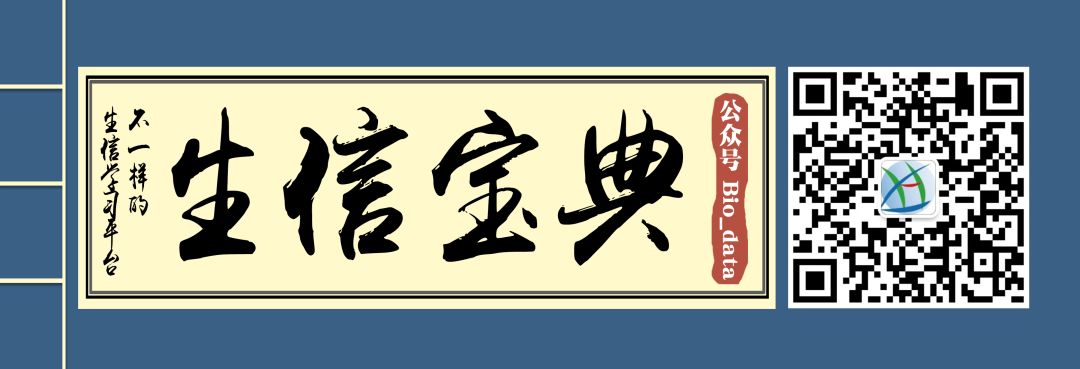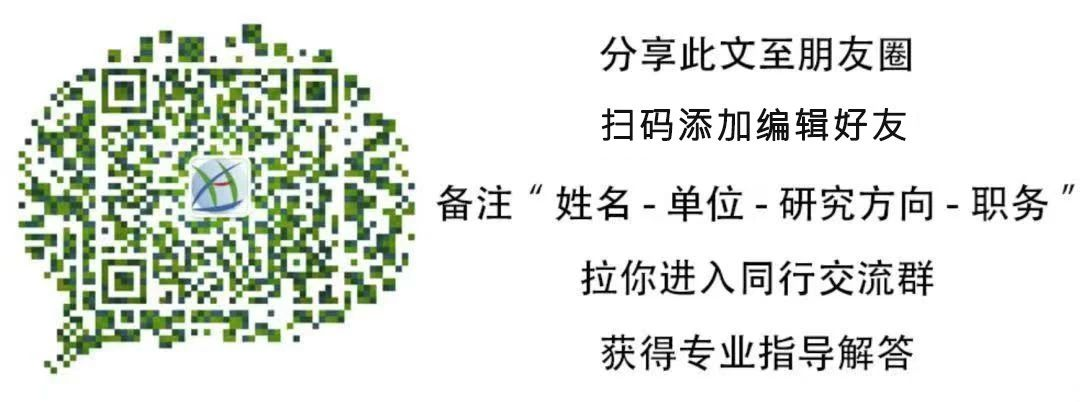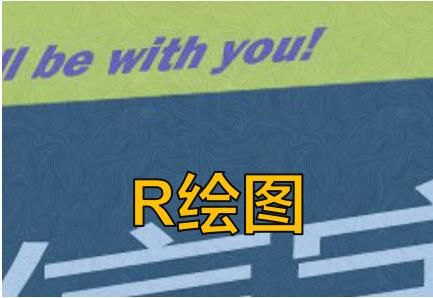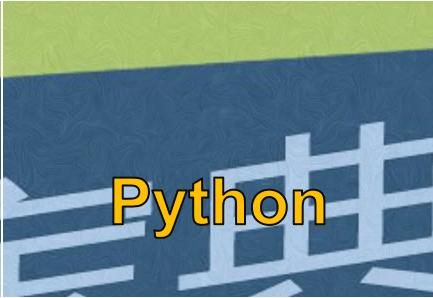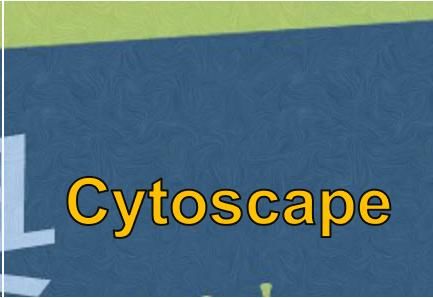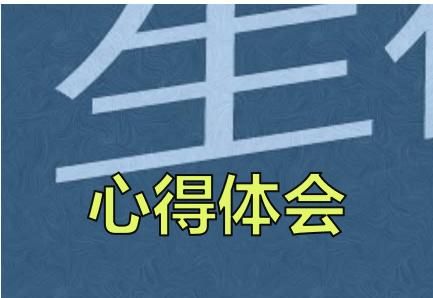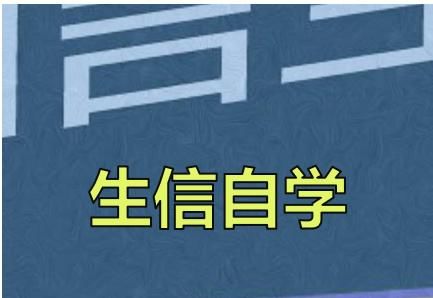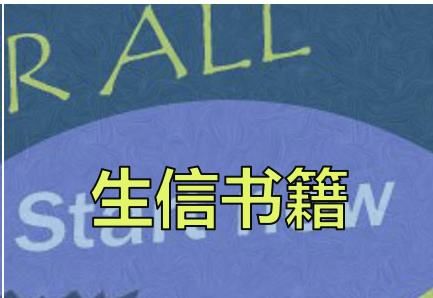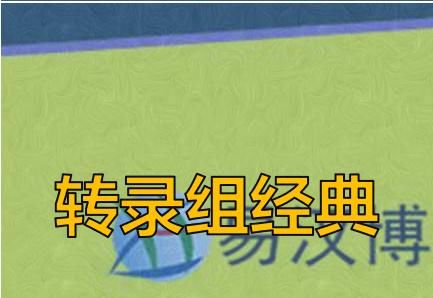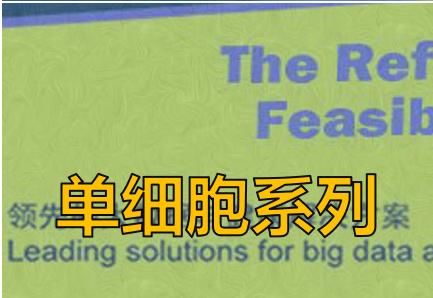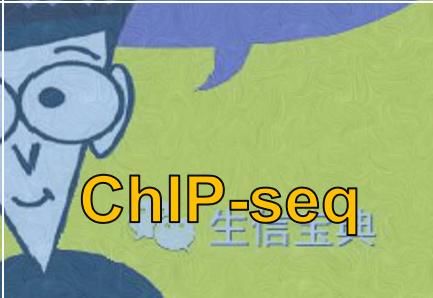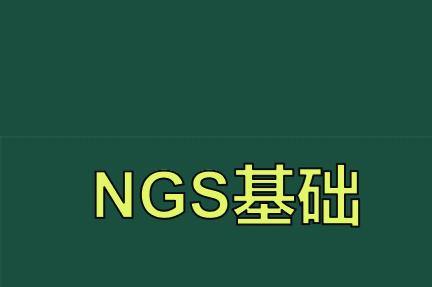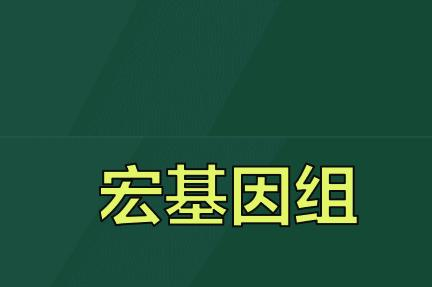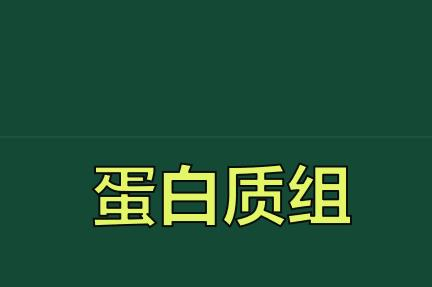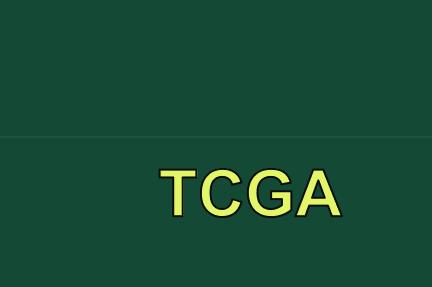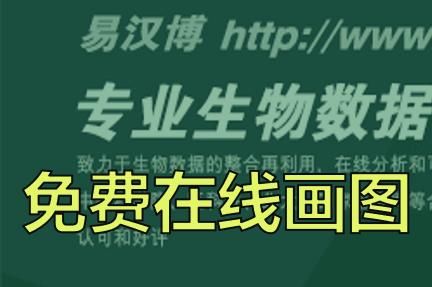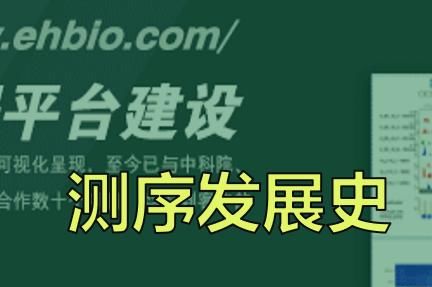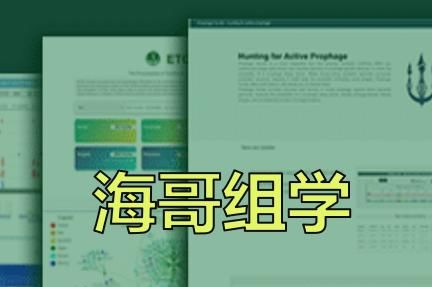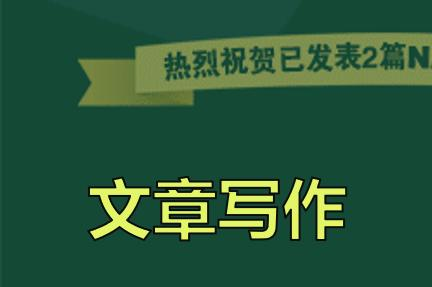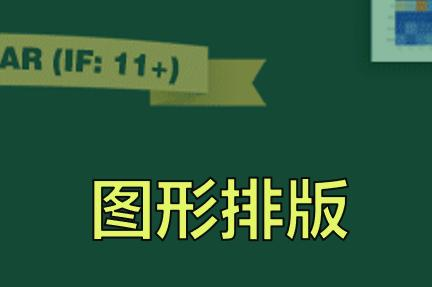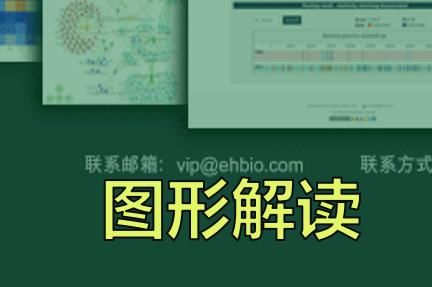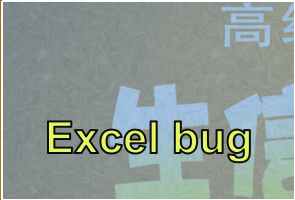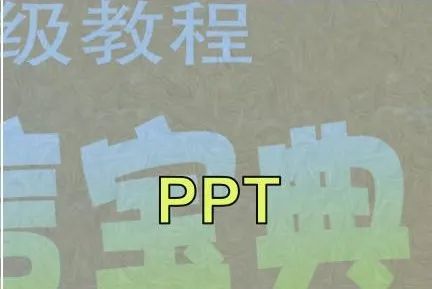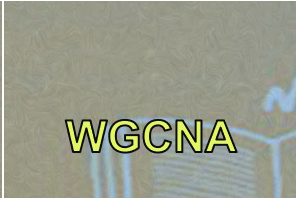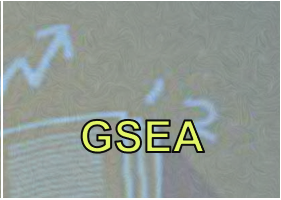
The biosynthesis of active components from traditional Chinese medicine (TCM) through heterologous systems represents a novel resource acquisition model, showcasing immense potential in the conservation and development of TCM resources. However, current research primarily focuses on single components, making the biosynthesis of multi-component active ingredients across species a significant challenge.
Compound Danshen (Sheng Dan Shen) is a commonly used TCM formula for treating coronary heart disease and angina pectoris, primarily composed of Danshen (Salvia miltiorrhiza), Sanqi (Panax notoginseng), and Bingpian (Borneol). The main active components of Danshen include Danshen ketone and phenolic acids, while Sanqi is rich in notoginsenoside, and Bingpian serves as an adjunct with effects of opening the orifices and relieving heat and pain.
In this study, the research team utilized heterologous biosynthesis technology for TCM active components to achieve the simultaneous synthesis of the biosynthetic precursors of notoginsenoside (ginsenoside Rb1), Danshen ketone (dihydrodanshenone), and Bingpian within the same yeast cell, constructing the artificial herbal cell of Compound Danshen—Compound Danshen Yeast 1.0. This chassis cell can produce 62.34 mg/L of ginsenoside Rb1, 12.82 mg/L of dihydrodanshenone, and 2.54 mg/L of Bingpian simultaneously.
This research marks the first attempt to transition from efficient synthesis of single components to cross-species, multi-component biosynthesis, laying the foundation for one-stop fermentation production of TCM formulas.
This article is published in the Science of Traditional Chinese Medicine (2024, Volume 2, Issue 4). The research was supported by the Disruptive Innovation (Talent) Project of the Synthetic Biology Haihe Laboratory, the National Key R&D Program on Synthetic Biology, and other projects.
 ▋Article Citation
▋Article Citation
Li R, Wang J, Han Y, Dai Z. Compound Danshen Yeast 1.0. Sci Tradit Chin Med 2024;2(4):303–311. doi: 10.1097/st9.0000000000000053
▋Author Introduction
Dai Zhubo, PhD, is a researcher at the Tianjin Institute of Industrial Biotechnology, Chinese Academy of Sciences, and a doctoral supervisor. He is the Secretary-General of the Molecular Pharmacognosy Committee of the Chinese Association of Integrative Medicine and the Deputy Chairman of the Fermented Medicine Committee of the Chinese Medicine Association. His research focuses on synthetic biology and molecular pharmacognosy, creating a series of high-value natural products (natural medicines, TCM, and essential oils) using yeast as chassis cells, with over 30 artificial herbal cells developed, including the “Rose Yeast” series, which has achieved technology transfer. His research has been published in top academic journals such as Metabolic Engineering, Nucleic Acids Research, Advanced Science, and Green Chemistry, with 30 patents filed (including one each in the USA, EU, Japan, and Hong Kong), and he has co-authored five monographs. The Danshen ketone project won the first prize in scientific and technological achievement from the Chinese Pharmaceutical Association. His work has received funding from the National Key R&D Program on Synthetic Biology, the National Major New Drug Development Program, and the Tianjin “Emergency Prevention and Control of Novel Coronavirus Infection” project.
▋Original Link
https://journals.lww.com/stcm/fulltext/2024/12000/compound_danshen_yeast_1_0.6.aspx
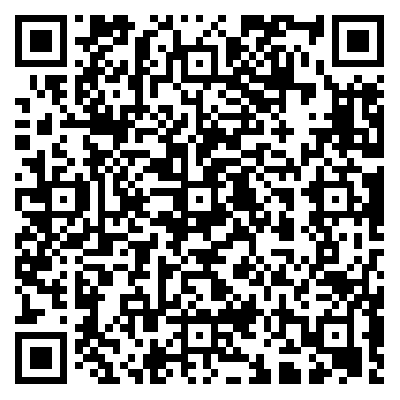
Click to read the original article or scan the QR code above to download the full article.

Previous Recommendations

Article Recommendation | Chemical-Enzymatic Synthesis of Active Ingredients in TCM and Medicinal Plants
Article Recommendation | Isolation and Identification of Endophytic Fungi Promoting Agarwood in Mongolian Medicine
Article Recommendation | Theories and Scientific Validity of Traditional Chinese Medicine
High-Quality Free SCI Online Drawing(Click the image to go directly)
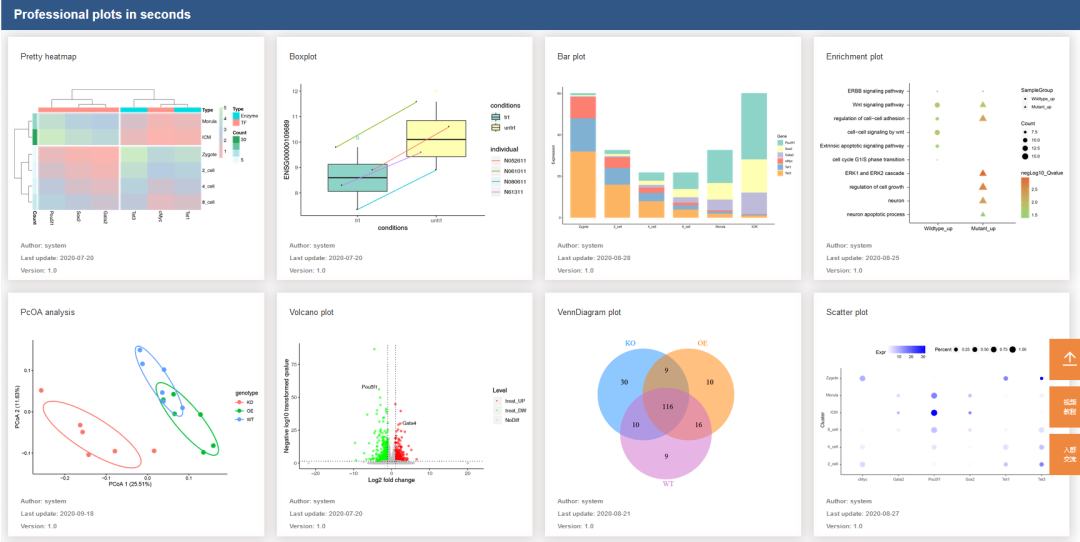
The Most Comprehensive Plant Genome Database IMP(Click the image to go directly)
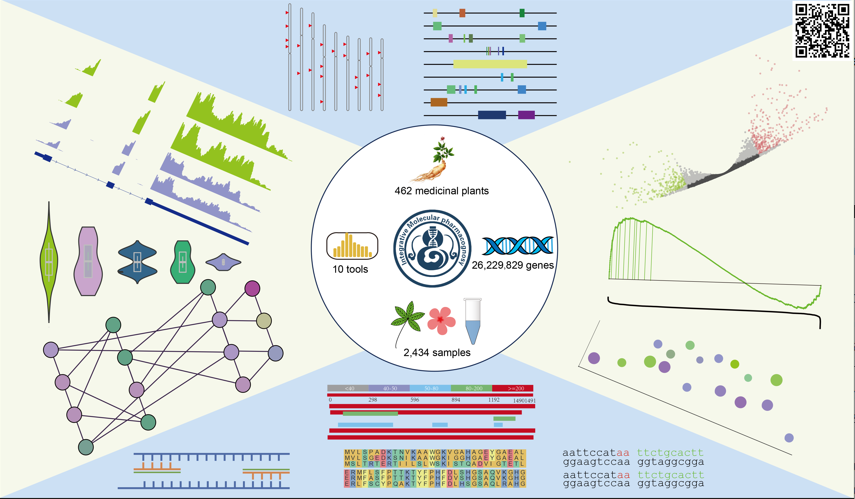
Previous Quality Articles(Click the image to go directly to the corresponding tutorial)
|
|
|
|
|
|
|
|
|
|
|
|
|
|
|
|
|
|
|
|
|
|
|
|
|
|
|
|
|
|
|
|
|
|
|
Machine Learning
